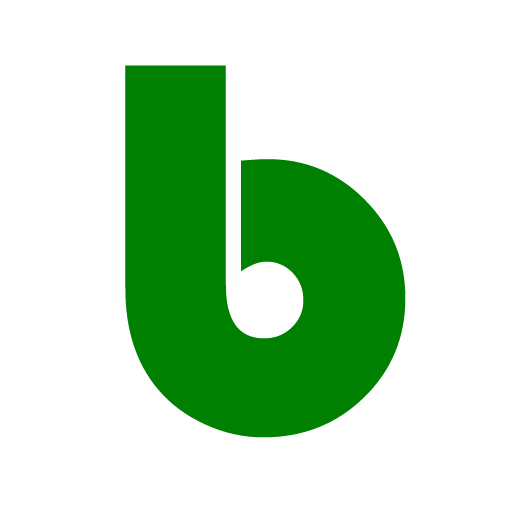Principles of Additive Manufacturing
The main use of this division is in 3D simulation software. The basis of additive manufacturing, or 3D printing, is to split the result of the specified 3D model into numerous planes depending on the longitudinal coordinate. To create 3D solids and then create models, a combination of overlay forming and layered machining should be used simultaneously.
The three-dimensional shaping principle
The basic way the three-dimensional forming principle is used in 3D printers is by putting the right amount of powdered material in a storage bucket and then moving it out via the bucket. The powder must be rolled with rollers to create a thin layer once it is delivered to the processing table. Spit adhesive where you wish to print after that. Make the powder and binder quickly come together and set. In this scenario, the printer's program setting will begin after printing the first layer, reduce the distance, and then print cyclically in accordance with the set value until printing is complete.
What is the 3D printing procedure?
First, 3D design
The initial step in the 3D printing design process is to model using computer modeling software, after which the generated 3D model is divided. Sliced into layer-by-layer portions, allowing the printer to be instructed to print one layer at a time.
The STL file format is the industry standard for communication between design applications and printers. Triangular faces are used in STL files to represent an object's surface. The resolution of the generated surface is often higher the smaller the triangle. PLY is a scanner that uses scanning to produce 3D files. The PLY-generated VRML or WRL files are frequently utilized as the input files for full-color printing.
2. Cutting
The printer will read the cross-sectional data from the file, print it layer by layer using liquid or powder materials, and then glue the cross-sections of each layer to produce a three-dimensional object.
DPI (pixels per inch) or microns are used to compute the thickness of the section that the printer prints (Z direction) and the plane direction (X-Y direction). One millimeter, or 100 microns, is the usual thickness. A laser printer's resolution can be matched by the flat orientation. The normal size of printed "ink droplets" is between 50 and 100 microns.
3. Complete printing
A 3D printer's resolution is adequate for the majority of applications, however it can be rough on curved surfaces. Current 3D printers may be used to manufacture slightly larger objects initially, which can then be surface ground to produce higher-resolution things with smooth surfaces.
- Industry
- Art
- Causes
- Crafts
- Dance
- Drinks
- Film
- Fitness
- Food
- Jocuri
- Gardening
- Health
- Home
- Literature
- Music
- Networking
- Alte
- Party
- Religion
- Shopping
- Sports
- Theater
- Wellness
- News


